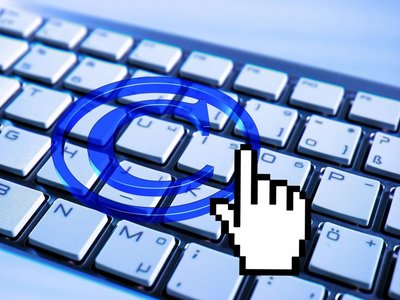
Does copyright vest automatically in the creator, or must the creator register copyright to benefit from protection?
Under Czech law the copyright vests automatically in the creator. However, industrial rights, such as trademarks, patents or industrial designs, have to be registered in the relevant public register for their protection.
What is the duration of copyright protection?
Generally, the proprietary rights of the creator last for the lifetime of the creator plus 70 years after his or her death, while the moral rights terminate upon the death of the creator. However, there is an exception in the case of anonymous or pseudonymous copyrighted work, where the proprietary rights last 70 years from the time the work has been lawfully made public.
Can an artwork protected by copyright be exhibited in public without the copyright owner’s consent?
Generally, the exhibition of protected artwork is not possible without the owner’s consent (because it is one of the proprietary rights to the copyrighted work), but the borrower does not infringe the copyright by lending the original or a reproduction of a copyrighted artwork to a third party who exhibits the work or provides it for exhibition free of charge, unless such use was excluded during the transfer of ownership.
Can artworks protected by copyright be reproduced in printed and digital museum catalogues or in advertisements for exhibitions without the copyright owner’s consent?
Yes, according to the Copyright Act, the copyright will not be infringed if a visual image of it and a reference is included in the catalogue of an exhibition, auction or fair to the extent necessary for such an occasion; the owner’s consent is also not needed for using the visual image in the reproduction and dissemination of the catalogue. It is always necessary, however, to indicate the name of the author, unless the work is anonymous, or the name of the person under whom the copyrighted work is being introduced in public, along with the title of the copyrighted work and the source.
Are public artworks protected by copyright?
Yes, if the public artworks meet the definition of copyrighted work according to the Copyright Act, they are also protected by copyright. However, this copyright is not infringed by anybody who records, renders or expresses that copyrighted public artwork by drawing, painting, graphic art, photography or film, or by anybody who further uses it.
Does the artist’s resale right apply?
Yes, according to the relevant provision of the Copyright Act, where the original work of art (that has been transferred by its author to the ownership of another person) is subsequently sold for a purchase price of €1,500 or more, the author (or his or her heirs for the duration of the proprietary rights of the author) shall be entitled to royalties from any resale of the work as set out in the Annex to the Copyright Act, provided that a gallery operator, auctioneer or any other person who consistently deals in works of art takes part in the sale as a seller, purchaser or intermediary. The royalty ranges from 0.25 per cent to 4 per cent of the relevant part of the purchase price (depending on the amount of the purchase price), but the total amount of the royalty may not exceed €12,500.
The persons liable to pay the royalty shall be the seller and the dealer jointly and severally, who pay it to the relevant collective administrator, the Authors Copyright Protection Organisation – Association of authors of works of art, architecture and visual components of audiovisual works.
The right to royalties shall not apply to the first resale if the seller obtained the original work of art directly from the author less than three years before that resale and if the purchase price of the original work, when resold, does not exceed 250,000 Czech koruna.
What are the moral rights for visual artists? Can they be waived or assigned?
The artist (author) has the following moral rights provided by law, which cannot be waived, transferred or assigned to a third person:
All the moral rights last for the lifetime of the author, but after his or her death, no one may arrogate authorship of the copyrighted work. The copyrighted work may only be used in a way that shall not detract from its value, and the name of the author must be indicated (unless the copyrighted work is anonymous).
Authors: Tereza Ditrychová, Daniela Kozáková
Source: Lexology